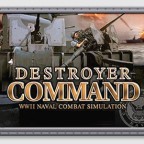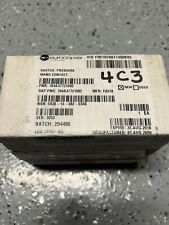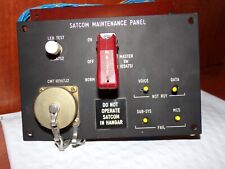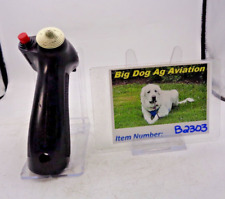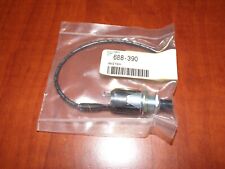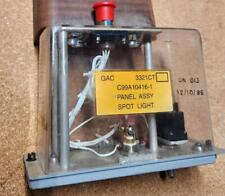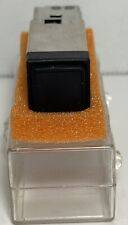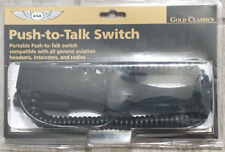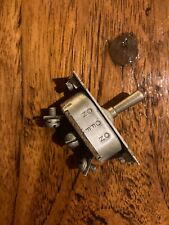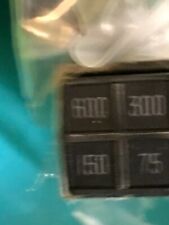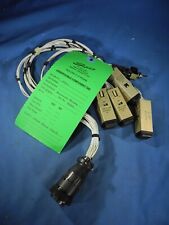Hard rudder at flank speed
The virtual destroyers exhibit barely any response to throwing the rudder full over at high speed. On a real ship at high speed, throwing the rudder over full will result in a very large amount of heel being put on the vessel. This will cause just about everything that’s loose to go flying about as well as causing your crew members to lose their footing, possibly resulting in injuries. Even worse, it can disrupt your fire control system from tracking its target.
I was taught a rule of thumb called “The Rule of 30.” Up to 25 knots, the sum of the rudder angle in degrees and the ship’s speed in knots should not exceed 30. After 25 knots do not use more than 5° of rudder. At 30+ knots even 5° of rudder will get a very rapid response on a real destroyer. Of course, if the tactical situation requires it, use whatever rudder you need – just be prepared for the consequences.
Collisions
One of those ways to ruin your day at sea… collisions are modeled in DC. The model does need some tweaking. To test it out I made a North Carolina class BB player controllable. I rammed a virtual destroyer broadside on, right between the stacks, at 28 knots. The virtual destroyer just rebounded off my battleship. This type of collision would slice a real destroyer in two, as happened to USS FRANK E. EVANS (DD 754) on June 2, 1969, when she collided with HMAS MELBOURNE (R 21).
Wind and Current Effects
These do not seem to be modeled and there is no relative wind speed/direction indicator.
Time
It’s not clear what the displayed time represents, except maybe time elapsed since scenario start. While testing out the accuracy of the times of sunrise and sunset, it appears to be linked to Local Mean Time (LMT). LMT is determined by the ship’s longitude. On a given date and latitude, the virtual sun rise occurs at the same time regardless of longitude, hence my guess that it’s linked to LMT.
The clocks used aboard a real vessel are just that — clocks. They have no means of detecting longitude, thus the displayed time will usually differ from LMT. Aboard a real vessel the ship’s clocks are set to Zone Time (ZT), which is based on the longitude of the central meridian in the time zone. If the observer is not on the central meridian of the time zone, the clock time of an observed phenomena, such as sunrise, will differ from the clock time it occurs at the central meridian.
A good old fashioned ship’s clock, player settable, would be a welcome addition to the F4 Helm view. A chronometer, set to Greenwich Mean Time (GMT), would also be welcome.
Air search Radar antenna does not rotate
When the SC radar is turned on and rotating, the F6 Radar display view indicates rotation on the bearing indicator. However, no rotation of the antenna is modeled in the external views. The effects need to be connected.
No Surface Search Radar antenna modeled
Hey, where did my SG radar go?
No signal flags
The signal flag halyards are visible but one never sees signal flags on them.
No flashing light
Communication by flashing lights is not modeled.
No Search Lights and No Smoke Screens
Not modeled in DC. Bummer.
F2 – CIC
This is one of the most useful stations. Unfortunately, way point plans get canceled anytime a rudder order is given (e.g., when one needs to avoid something in the water). More options for suspending, reinstating and canceling way point plans are needed.
Another item that is a bit annoying is that when the computer determines a designated target is destroyed, you can’t further designate that target for attacks, even though the burning hulk is plainly visible for quite some time. Why? As long as a point of aim exists, one should be able to designate it and attack it. It’s the player’s problem if he insists on pumping good ammunition into a burning hulk.
It appears DC will only allow direct fire attacks against shore targets, but it does not allow the player to designate geographic land targets. This prevents the player from conducting indirect naval gunfire support (NGFS) missions. In reality, such missions are carried out against pre-planned areas or in response to a shore spotter’s call for fire. The firing ship usually can not see the target. During WW II allied ships carried out hundreds of indirect fire missions. This capability needs to be added.
For some reason the player can not designate his AA guns to attack a surface target. Against some targets a battery of 40 mm guns may be the weapon of choice (e.g., barge busting in the Solomons). To use your AA guns in an anti-surface role requires the player going to an AA gun mount and manually firing the weapon. While this is fun the first few times, when playing the game in the captain’s role one shouldn’t need to do this. One should also be able to designate AA guns against shore targets in a direct fire mode only.
Where are my chart soundings?
The game does not display chart soundings, except where the cursor is hovered over. In shallow waters the player needs the option of displaying the charted depths. A prudent mariner looks not only at the current depth of water, but also at the charted depths in the waters surrounding his vessel, especially in the direction he’s heading.
F Key
This is a very useful function to allow the player to order ships to station. There are some stupid ways the AI ships use to get to station! For the most part the AI ships eventually do get to station, but sometimes they choose a very round about way to get there. The download patch seems to fix some of this. The only improvement I could recommend is a display informing the player of the bearing and range from the guide as he moves the designated station about. Stations are ordered as a range and bearing from the guide, not as an “about here.”
F3 – Observation Deck
Why can’t I move away from the centerline position?
On the observation deck I am seemingly locked to the position occupied by the director. Most of the time this isn’t a problem, but when I want to look astern I am forced to look through the mast and the funnel smoke. Aboard a real ship I simply walk about 10-20 feet to the port or starboard rail of the flying bridge in order to get a better view astern. The observation deck needs to be an “arena” where the player can reposition himself to get a better view. In this manner the director could also be viewed — and it should be animated in the same manner as the gun turrets. The same method as used for the AA gun mounts could be used (i.e., shifting view point by using < > keys), and would probably be used more often than switching between AA guns.
For some reason, once a target is determined “destroyed”, I can’t X padlock it, even if the wreck is in plain sight for quite some time. Just as with gunfire designation, as long as an object is visible (such as a ship), I should be able to padlock it.
The all-purpose Z zoom control serves as a combination telescopic alidade, binoculars and pedestal mounted binoculars. This is OK for general game play, but for a more “immersive” experience the different types of optics should be modeled. For example:
Telescopic Alidade
These optical devices are mounted on the gyro-compass repeater stands, which are usually located on the bridge, forward centerline, and both bridge wings. They can be located at other locations as well, depending on the specific ship design. The field of view includes a vertical hairline, the true bearing scale and the relative bearing scale. To use, the operator simply places the hairline over the contact and then reads off the bearing. A US Navy Mk 8 Telescopic Alidade has an 8° 35’ field of view.
Hand Held Binoculars
Ah, the joy of hanging a brick around your neck for a four or six hour watch! These should be available in any external view. Hand held binoculars are not connected to the ship’s gyro compass, so there should be no true bearing display. The user usually knows which way he is facing relative to the ship, so some sort of relative bearing display is justified. Standard US Navy 7 ´ 50 Binoculars have a field of view of 125 mils. A mil is defined as the angle subtended by 1 yard at a range of 1,000 yards. Thus, at 1,000 yards the field of view is 125 yards (375 ft) wide – almost exactly the length of a Fletcher class DD. Knowing the field of view can be an aid to range estimation.
20x Pedestal Mounted Binoculars
These are the “Big Eyes” and they are usually mounted on the signal bridge next to the signal lamps. They have a field of view of approximately 3°.
Sighting “Ghost Ships” through islands
A rather unusual effect was noticed when I ordered a group of destroyers to pass to the North of Savo Island while I passed to the South of Savo Island. I could visually see their “ghosts” through the island. This needs to be fixed ASAP — the Americans developed a lot of highly advanced naval sensors in WW II, but X-Ray vision was not one of them!
There’s no bow wave displayed, and the ship’s wake pattern is flat (this may be a limitation of my video card)
In the simulation the wake patterns alongside a vessel are flat and there’s no bow wave. Please fix this! This is not just eye candy — these are powerful visual cues to a ship handler as to the speed a vessel is making through the water. The top figure below shows an Adams class DDG racing to station with a Flank bell rung up, while the bottom figure shows USS MISSOURI (BB 63) with an Ahead 1/3 bell rung up.

Adams class DDG with Flank bell rung up.

USS MISSOURI (BB 63) at low speed.
I greatly enjoy ship modeling and I like to portray my models on something approaching a realistic “sea.” For a reference on wake patterns see my article here.

